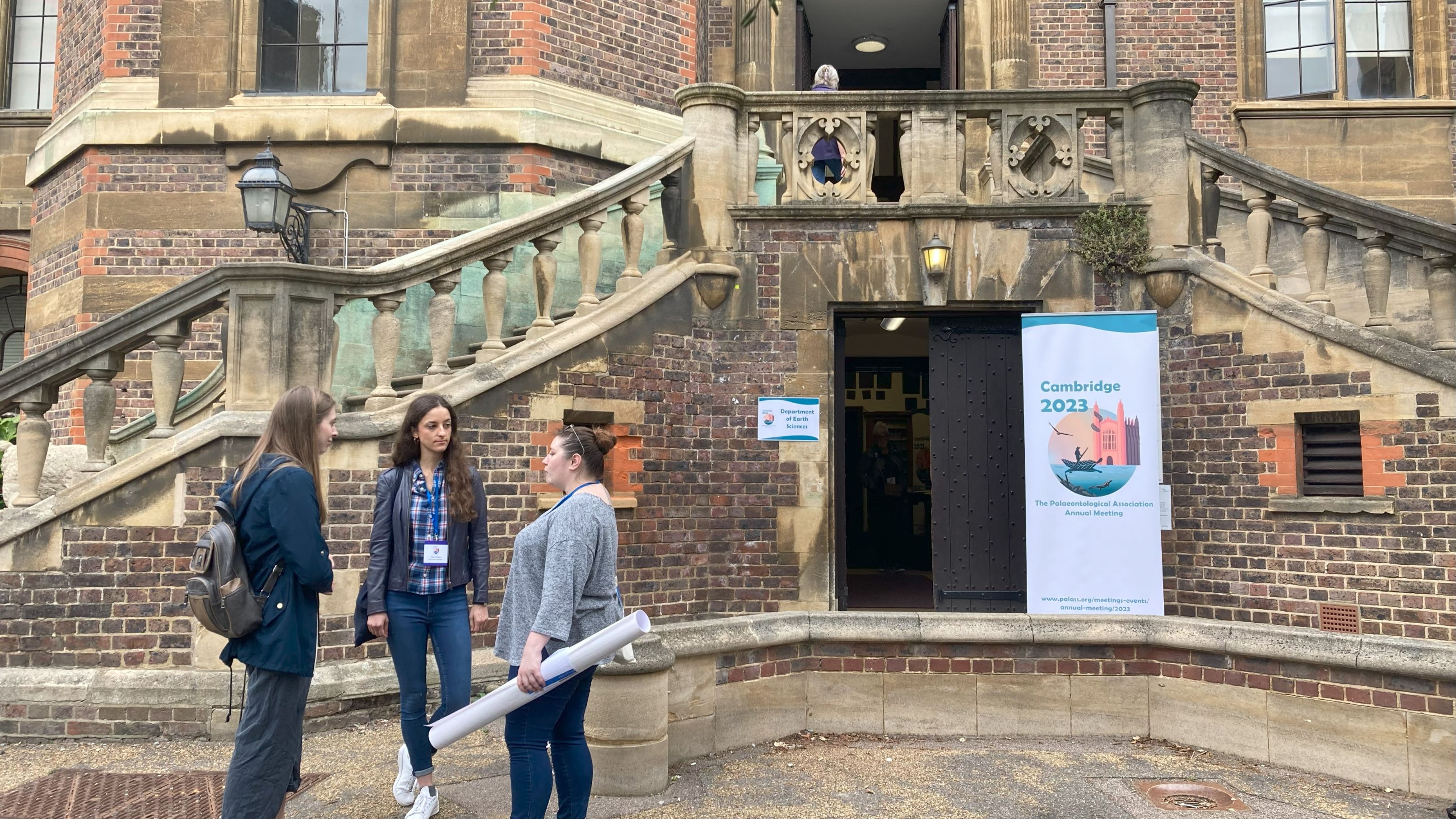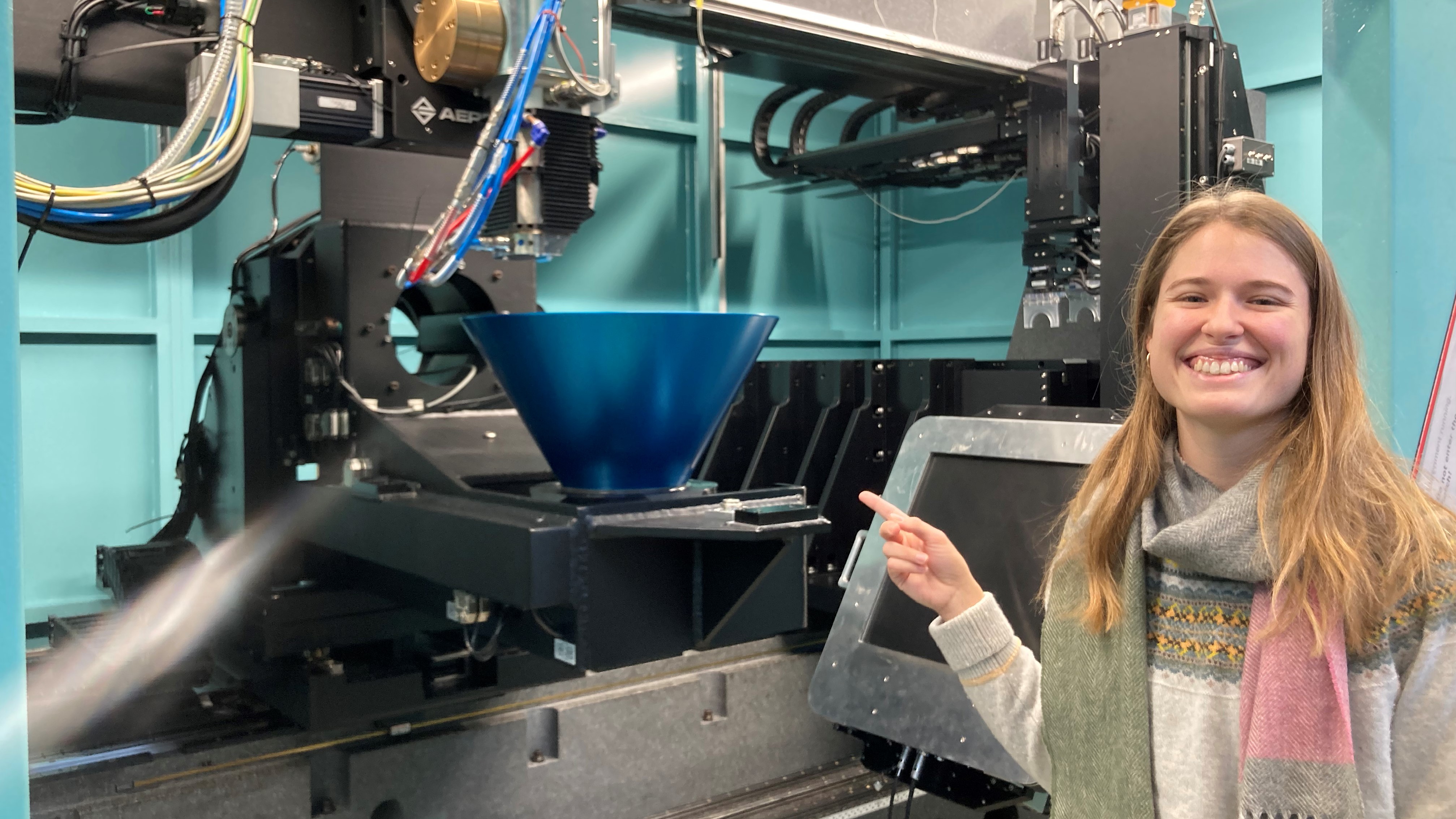Annabel Hunt is a second year PhD student studying the evolution of the theropod palate in the Field Palaeobiology Research Group at the Department of Earth Sciences. Here, Annabel reports back on attending the 2023 Palaeontological Association Annual Meeting.
Continue reading “Palaeontological Association 2023 conference comes to Cambridge”In Conversation with Alex Liu
Dr Alex Liu joined the Department of Earth Sciences in 2016 and is an Associate Professor in Palaeobiology and a Fellow of Girton College. He reflects on his work with Erin Martin-Jones.
Continue reading “In Conversation with Alex Liu”Forgotten fossils: how museum collections can be a treasure trove
Palaeontology isn’t all about adventuring into the desert to dig up rocks. Sometimes, the palaeontologists of the past managed to find so many fossil bones, they didn’t know what to do with them. These bones can lie forgotten in museum collection drawers for decades, until a PhD student comes along to study them.
Fortunately for me, some of the most commonly overlooked fossils are fragmentary, isolated bones belonging to tiny animals. As a palaeontologist who works on passerine birds, which are generally tiny (think robins and blue tits), I was very excited to go on my first museum trip to look at bird fossils. In December 2022, I visited several museums in southern Germany to poke through all the drawers that might contain some mystery bird bones.
Continue reading “Forgotten fossils: how museum collections can be a treasure trove”



